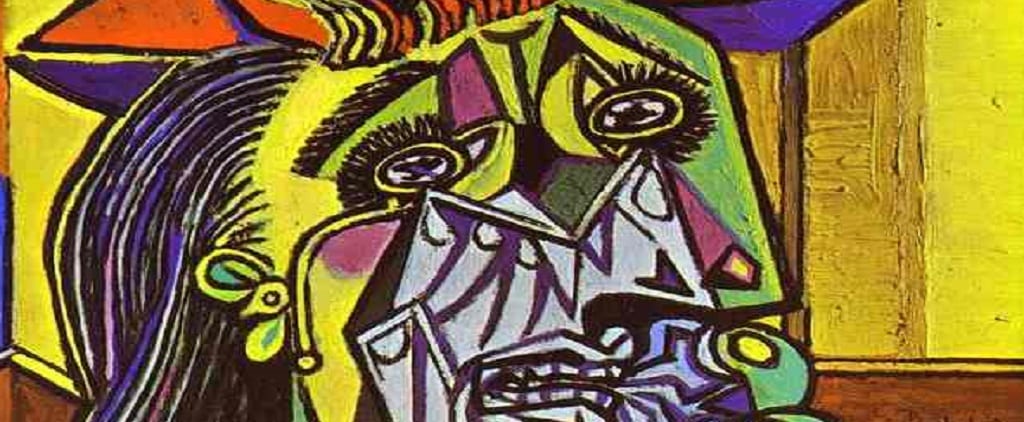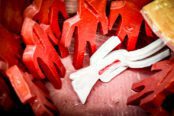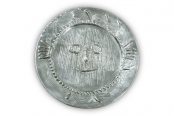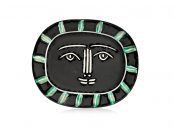[dropcap style=”font-size:100px;color:#992211;”]R[/dropcap]eflecting on the Tate’s exhibition of Picasso’s works from 1933 its important to have some appreciation of cubism. In cubist artworks, objects are broken up, analyzed, and re-assembled in an abstracted form—instead of depicting objects from one viewpoint, the artist depicts the subject from a multitude of viewpoints to represent the subject in a greater context: figures are seen from multiple angles, the human form is simplified into basic geometric shapes, this fracturing effect hints also at movement as well as multiple angles.
Cubism is often said to have started with Picasso and Braque and in particular with Picasso’s work ‘Les Demoiselles d’Avignon’ 1907, even his friends hated it at first and claimed looking at it was like drinking petrol!
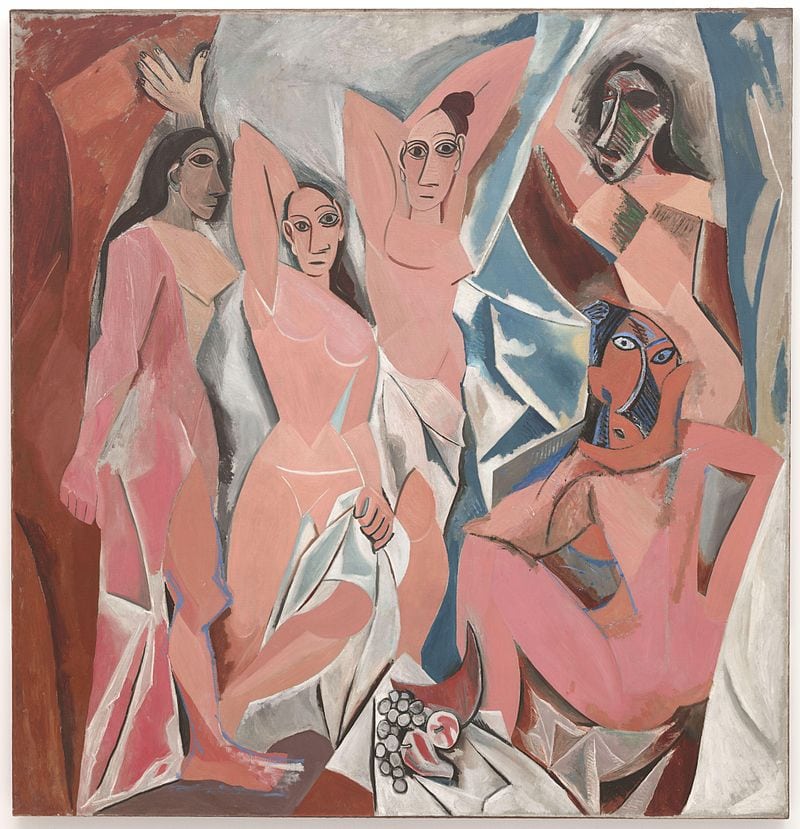
Les Demoiselles d’Avignon 1907
Reality and people can often seem stable, whole and logical. Cubism upsets this by distorting reality, extracting elements and putting them together to suggest the changing, shifting nature of reality and the constant movement of light and objects as well as the effects of time; although this seems like a shocking alien intervention in our normal way of viewing reality Picasso and Braque were firmly fixed in art historical study especially influential was Paul Cezanne (himself indebted to the Impressionists) and historical presidents for the version of reality that cubism would come to represent,
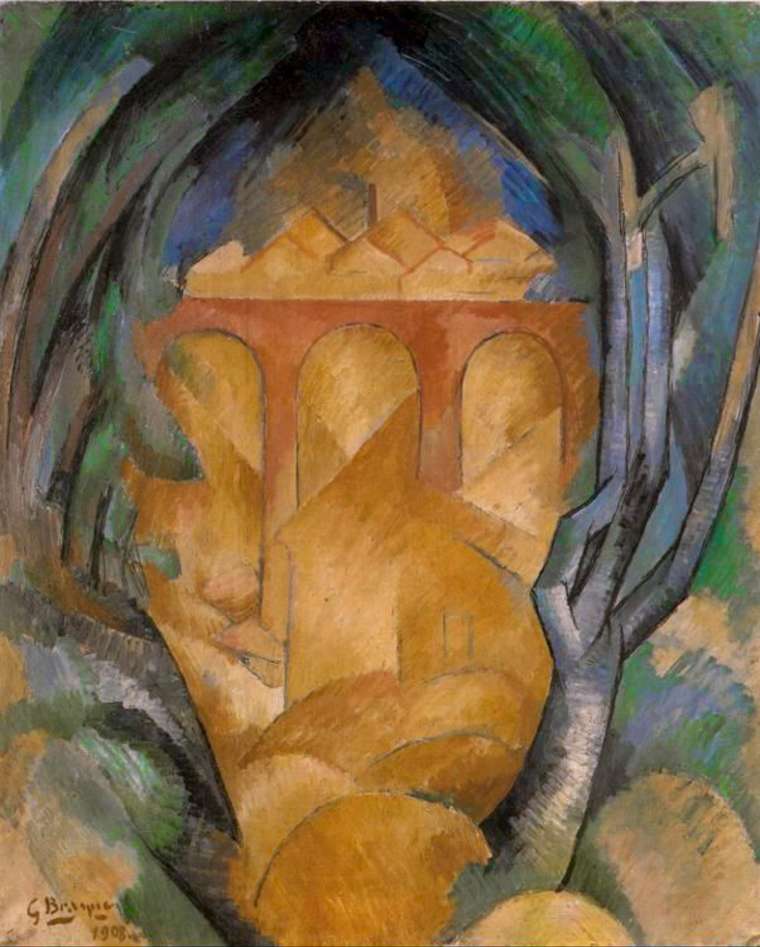
Georges Braque, 1908, Le Viaduc de L’Estaque (Viaduct at L’Estaque)
“Man is a river, …you can never step into the same river twice
because its not the same river and your not the same man!”
Heraclitus
We experience this ‘upset’ in our version of reality when we look into a broken mirror, the fractured image which looks back at us suggests the multiple ways we can be seen and how the whole self is just an illusion since we are actually a constantly moving, shifting thing, never still or solid. Rexroth reflects of the reconfiguration of elements which the creative act of making work in cubism involves,

‘It is the conscious, deliberate dissociation and recombination of elements into a new artistic entity made self-sufficient by its rigorous architecture. This is quite different from the free association of the Surrealists and the combination of random utterance and political nihilism of Dada,’ K. Rexroth
Further to this Jones identifies the way that cubism has a very direct relationship with thought and perception offering insight into the artists psychic process,
“in your process of perception produces a solid feeling of the things Picasso was looking at, that he was touching with his brain – the fruit, the bottle, the newspaper, the cafe table. A place and a time swim darkly into view; the world is revealed in its majesty. And this is fun,” Jonathon Jones
The freedom this offers to the artist is radical and equally so for the viewer, it testifies to the plasticity of reality and encourages the creative mind to master it,
“Cubism is the road not taken by later modernist art. The later pursuit of the absolute produced the inevitable reaction of postmodernism – and the loss of depth that entailed. So, we inhabit a shallowed and evacuated art world that sees itself as “subverting” the heaviness of modernist art. Art would be so much better in our time if it could forget that false dilemma, and recover the legacy of cubism,” Jonathon Jones
________________________________________________
THE EY EXHIBITION
PICASSO 1932 – LOVE, FAME, TRAGEDY
Tate Modern-until 9th September 2018
1932 was an intensely creative period in the life of the 20th century’s most influential artist.
This is the first ever solo Pablo Picasso exhibition at Tate Modern. It will bring you face-to-face with more than 100 paintings, sculptures and drawings, mixed with family photographs and rare glimpses into his personal life.
The myths around Picasso are stripped away to reveal the man and the artist in his full complexity and richness. You will see him as never before.
________________________________________________

The aim of art is to represent not the outward appearance of things, but their inward significance. – Aristotle

